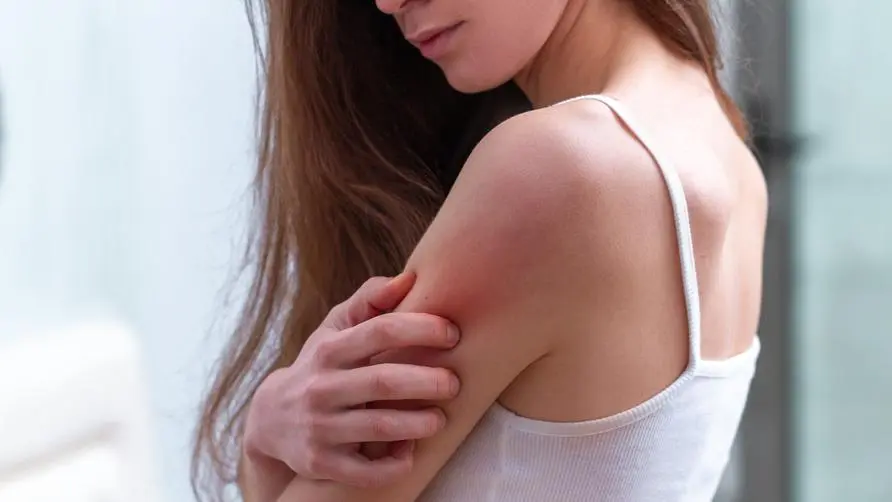Is sudden allergic rash related to COVID-19? Red sores appear on fingers and toes, beware of viruses knocking on the door

It’s hot summer now, and when the weather is humid and hot, many people will automatically start to develop rashes on their bodies, which is the so-called “urticaria”. Urticaria often causes unbearable itching, and can even itch to the point where the skin breaks and bleeds when scratched. Don’t think that urticaria is as simple as making your body itchy. If you are “blessed” by COVID-19, urticaria may affect your gastrointestinal function and even make your fever and cough more serious. If you don’t have any skin disease, but some strange skin symptoms suddenly appear, it may be caused by COVID-19!
Are skin lesions related to internal organ dysfunction? Fear of COVID-19 causing trouble again
A study published in the Journal of the American Academy of Dermatology by the Italian Dermatology Association and many Italian medical scholars classified 200 COVID-19 patients with an average age of about 57 years as having no symptoms. There are 4 types of symptoms, mild symptoms, moderate symptoms and severe symptoms, the proportions are 5.5%, 25.5%, 47.5% and 11.5% respectively; and patients also have various skin lesions, such as urticaria, erythema/papule and nipples Herpes zoster, purpura vasculitis, etc. accounted for about 10.2%, 25.7% and 15.5%, 6.9% respectively. The incubation period for the onset of these skin diseases is 14 days, and the time it takes for skin lesions to continue to develop is about 12 days.
The research team cross-compared the additional symptoms (such as fever, cough, dyspnea, and gastrointestinal diseases) of these patients and found that erythema and papules are related to cough; urticaria is related to gastrointestinal dysfunction; the occurrence of purpura vasculitis patients are more likely to have difficulty breathing.
The research team compared the data and concluded that the older the average age, the higher the probability of skin lesions caused by COVID-19, the greater the correlation between skin lesions and other COVID-19 symptoms, and severe/moderate symptoms. More patients are infected than mild/asymptomatic patients, but the correlation between patient symptom severity and skin disease cannot be determined.
Dr. Chen Xinmei also shared on Facebook that it is “not news” that skin rashes and skin disease symptoms are related to viral infections! , skin symptoms related to the COVID-19 virus may include rash, urticaria, pityriasis rosea, photosensitive rash, and “chilblains” that grow on the fingers or toes, which are a type of A red or purple rash can cause pain, itching, and other sensations. It looks a bit like frostbite, so be especially careful.
Don’t let urticaria and COVID-19 be “disease-related”. Do “these things” at home to avoid being covered in redness.
In summary, we can understand that the combination of COVID-19 and skin diseases will make the patient’s symptoms more obvious. Just like dengue fever , COVID-19 and other diseases often “unleash their potential” and become an irresistible devil.
In fact, there are many reasons for the occurrence of urticaria. Factors such as diet, insect bites, drug allergies or pollen allergies can make the body “red for half a day”. External bacterial infection may also be aggravating the symptoms of urticaria. If you have urticaria or other skin problems, remember to see a doctor first for advice, try to maintain good eating habits, wear less jewelry and well-fitting clothes on weekdays, and dry yourself as soon as possible after sweating. Keep your mind relaxed and reduce hormonal stimulation.
Of course, taking good epidemic prevention and avoiding infection are also ways to avoid the outbreak of urticaria. Even if we are currently in the second level of alert, if we can take good epidemic prevention, we can still block the “disease-disease connection” between COVID-19 and urticaria. No need to worry about two diseases. We can hold hands and sing together!
source:





